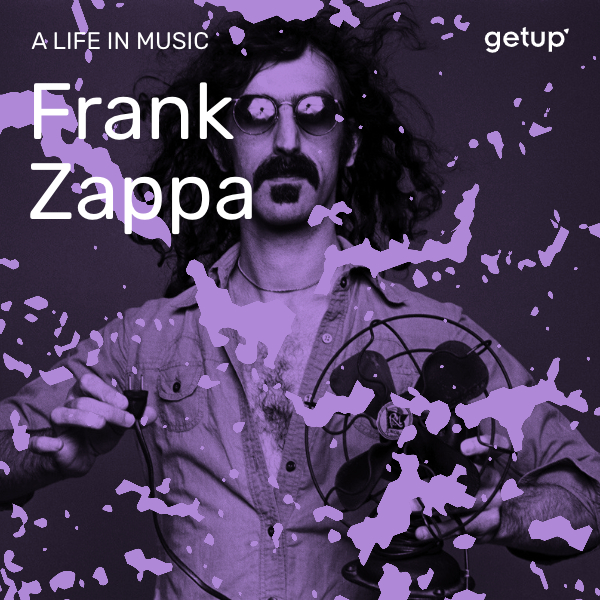The Residents are an American band that embody the elusive and dark side of popular music. Always dressed up for their horror-styled concerts, the musicians have managed to always keep their identity a secret. Their musical style, at the crossroads of influences as varied as James Brown, Zappa and Harry Partch, cannot compare to anything else: a fascinating kind of sonic no-man’s-land, touching on the darkest corners of the human psyche.
Their story begins in 1966, when four high school friends decide to leave their small town of Shreveport, Louisiana, for San Francisco, California. As their car breaks down in San Mateo, just in front of a music shop, they take it as a sign and decide to settle there and develop various artistic experiments.
Their explorations gained such notoriety that guitarist Philip Charles Lithman based in England decided to cross the Atlantic to meet them. The guitarist was accompanied by an N. Senada, a musician and so-called music theorist he had met in the Bavarian Forest in Germany. They worked together for six months, a period during which N. Senada introduced The Residents to his famous “Theory of Obscurity” – it consists of never revealing your identity so as to keep total artistic freedom, far from convention and audience expectations.
In 1971, they sent an anonymous compilation of their recordings to Warner Bros. Records, but according to the major label, there was little if not any chance of commercial success for such out-there music. Since the tapes were untitled, they were returned to the following address: “Residents, 444 Grove St., San Mateo”. For most bands, this kind of rejection leads to a split, or at least weakens their development. In this case, Warner Bros.’ refusal gave an official birth to the band, baptizing the formation, in the absence of civil status, as “Residents”.
Published in 1974, the cover artwork of their first album, Meet The Residents, is a violent parody of The Beatles’ second US-released LP Meet The Beatles!. Only a few copies were sold at the time. Their second album, Not Available – the recording session of which was stored in a safe – was only released four years later. Third Reich 'n Roll is undoubtedly the most violent and radical postmodern construction that pop music has ever heard. All the classics of the sixties are shamelessly covered and slaughtered! The Stones’ “Satisfaction” transforms into a true nightmare, a cover that already surpasses the yet-to-come punk revolution. They also remixed the Beatles, in a deliberately sacrilegious gesture.
The band would then move away from their initial postmodern approach to focus on a series of concept albums: a fantasy report on Eskimos (Eskimo); a record of one-minute songs ironically titled Commercial Album; a quadrilogy telling the war of two rival populations, the “Moles” (a subterranean poverty-stricken population) and the “Chubs” (a subaquatic richer and trendier population). They then return to their crazy experimental covers: James Brown, Michael Jackson, Elvis Presley. Their golden age, between 1974 and 1989, has remained an inexhaustible source of disturbing sonic and visual weirdness.








.jpg)